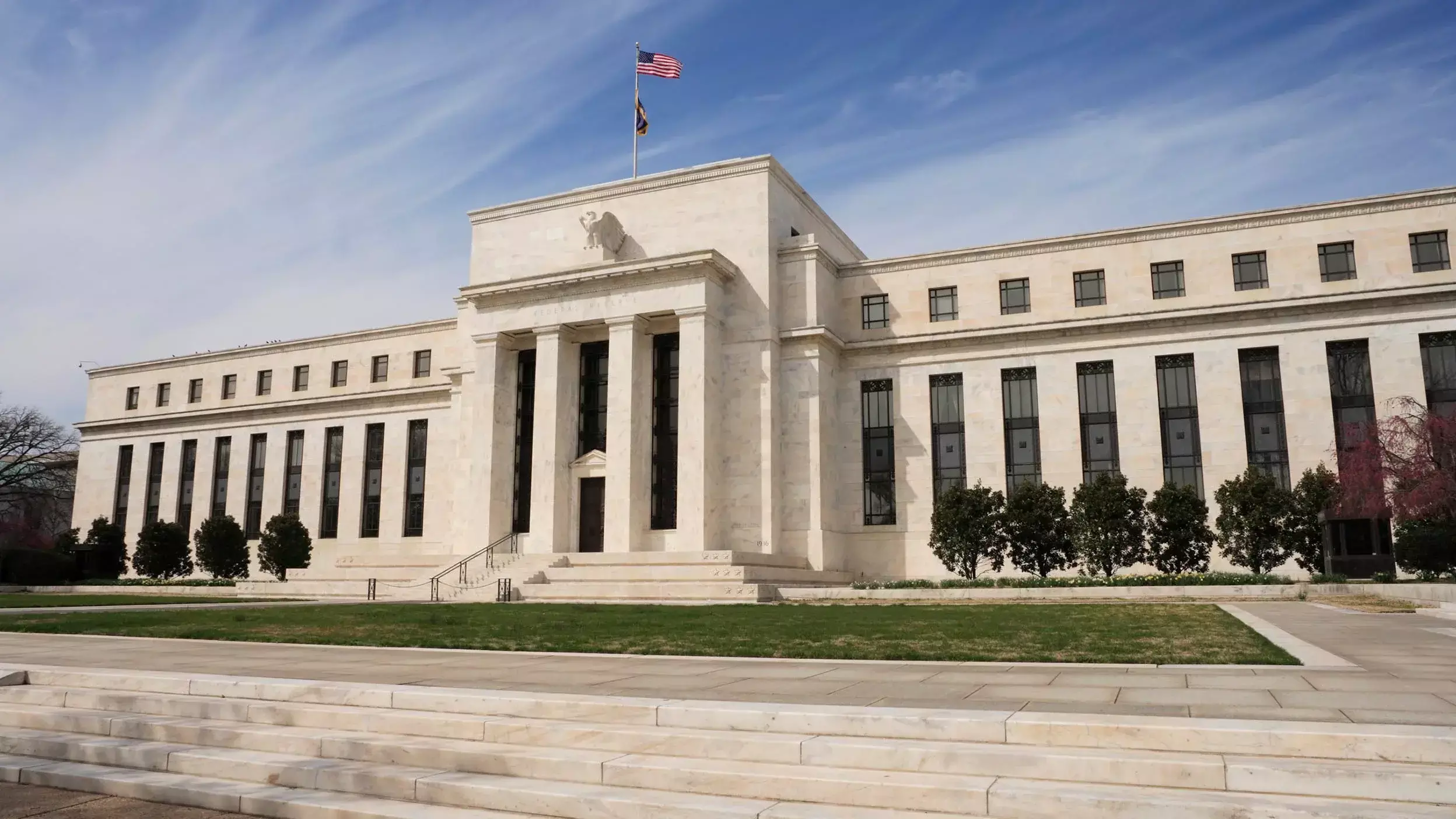US Federal Reserve Expected to Announce Rate Cut Amid Cooling Inflation and Job Market Weakness
The US Federal Reserve is likely to cut rates by 25 basis points this week as inflation cools to 3% and the labor market shows signs of softening. Analysts expect further easing in December.
US Federal Reserve Expected to Announce Rate Cut Amid Cooling Inflation and Job Market Weakness

The Federal Reserve is widely expected to cut interest rates another 25 basis points in its October 28–29 policy meeting, as soft inflationary figures and a cooling labor market sharpen the case for further monetary easing.
Such a move would mark the second cut since September of 2025, bringing the target Fed funds rate to 3.75%–4%, as the Fed delicately balances curbing inflation with supporting growth.
Inflation Softens; Fed Has room to Ease
Last week's CPI figures revealed a faster-than-expected deceleration in inflation, with prices up 0.3% on a month-on-month basis in September and 3% year-on-year.
That moderation, judged against the backdrop of rising unemployment insurance claims and slower job creation, points to an economy displaying little momentum, thus giving the Federal Reserve some grounds to act.
The release of data came amidst a backdrop of a government shutdown-the second longest in the history of the US-now limiting the availability of broad economic statistics such as employment reports.
Analysts Expect a 25 Basis Point Cut
According to Senior Research Analyst Jigar Trivedi of Reliance Securities, the market is almost unanimously aligned.
“There's about a 95 to 98% chance of the Fed cutting rates by 25 basis points this week,” Trivedi said.
“The labor market is showing visible signs of cooling, inflation has eased from its peaks, and the central bank is allowed some room to recalibrate.”
Trivedi also made clear that while inflation is above the Fed's 2% target right now, its steady downward trend provides some breathing space for the central bank.
According to Trivedi, “Should that slowing in pace of rate cuts, or a cautious tone emanating from the Fed, come to the fore, that would displease the markets, causing volatility in equities and bonds.”
Caution Shall Remain at the Forefront of Policymaking
The momentum continues with all optimism in the market, but now the Fed Chair Powell and some other policymakers have insisted on data dependence and meeting-by-meeting decisions.
Powell warned many times of "no risk-free path" and suggested that excessive rate cutting might pose inflationary risks.
There is incredible political pressure accruing now from Trumpism. President Trump calls for deeper cuts in rates asserting that inflation is no longer a big concern and cheap borrowing is a must to keep growth still alive.
Nonetheless, there's a split within the Fed with some officials recommending caution for the credibility of fighting inflation might be at stake.
Background: The Fed Cut in September and Bias in Economic Outlook
The Fed managed to hold rates fixed for five meetings in a row until the middle of this year; then it turned to rate easing, the first in 2025, citing signs of a softening job market and slowing wage growth.
Powell described the move as a "risk management measure," implying that the central bank was willing to go preemptively to prevent a deeper slowdown.
Markets are now predicting a further cut in December, although the officials have not yet said anything about any other longer-term path towards easing.
Because inflation is moderating and job data worse, this balancing act between growth and stability is going to be the Fed's main policy direction going into 2026.
Key Takeaways
Expected move: 25 basis points rate cut, Oct 29
New range: 3.75%-4%
CPI data: 3% year-on-year inflation, lower than expected
Job market: Cooling, rising unemployment claims
Political backdrop: Trump administration pushing for faster cuts
Next policy meeting: December 2025

